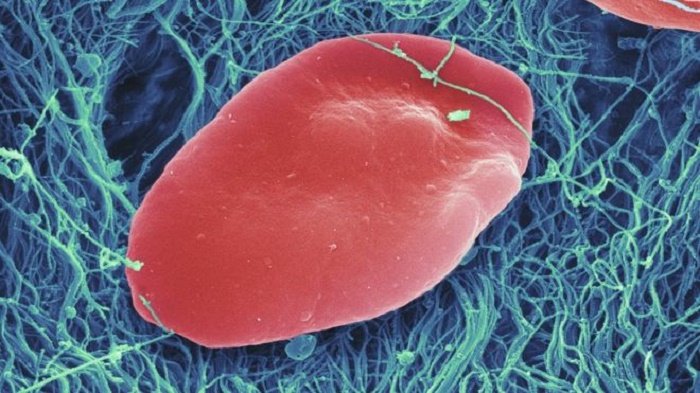It could provide a new source of platelets to stop heavy bleeding, for example after a car crash.
But the researchers need to make the process more efficient before starting trials.
If you donate blood, then it is separated out into red blood cells, plasma and platelets so patients are given only the component they need.
Platelets are needed after trauma, surgery, leukaemia therapy and in some blood disorders like haemophilia.
"We`re totally dependent on blood donation to produce those platelets," said Dr Cedric Ghevaert, a consultant haematologist.
His team has been trying to grow megakaryocytes - the platelet mother cells that live in your bone marrow and manufacture the clotting platelets.
Their breakthrough, reported in the journal Nature Communications, was the discovery of a set of chemical switches needed to create megakaryocytes in the lab.
Dr Ghevaert described their results as a "major step forward" and told the BBC News website that "the next big step is to get enough platelets out of each megakaryocyte".
The lab-made cells produce around 10 platelets each. But each one functioning normally in the bone marrow would produce up to 2,000.
It is hoped that recreating the same conditions as in the bone marrow could make the cells more effective.
If the researchers are successful, then lab-grown platelets could be more useful than ones collected in a blood donation.
Dr Ghevaert added: "We can modify the platelets so they can trigger the clotting even better which would have huge advantages indeed for patients who have had a crash or a bleed or even in soldiers who have been injured."
It could also allow doctors to have stockpiles customised to different patients. Platelets come in different forms just as red blood cells come in A, B, O and AB.
And some platelet types, particularly those common in black and Asian ethnic groups, are relatively rare.
More about:
















































